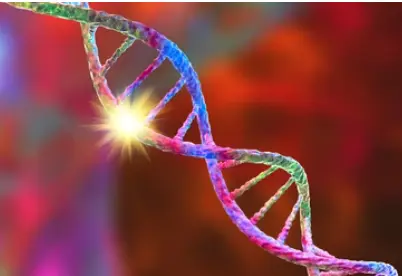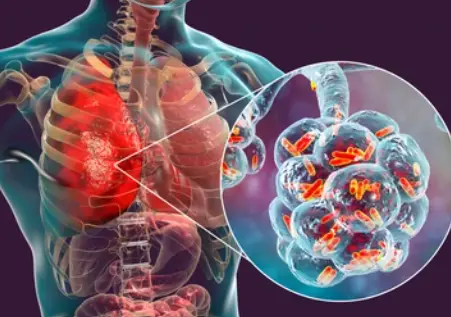 Welcome
Welcome
“May all be happy, may all be healed, may all be at peace and may no one ever suffer."
Glioblastoma multiforme - Generics
Glioblastoma multiforme (GBM) is a type of brain tumor that originates from the glial cells in the brain. It is the most common and aggressive type of primary brain tumor, accounting for approximately 15% of all brain tumors.
The exact cause of GBM is not fully understood, but it is believed to be related to genetic mutations and environmental factors. Some risk factors that have been associated with GBM include exposure to ionizing radiation, genetic disorders, and certain occupational or environmental exposures.
The symptoms of GBM can vary depending on the location and size of the tumor, but may include headaches, seizures, changes in vision, difficulty speaking or understanding language, weakness or numbness in the limbs, and changes in mood or personality.
Diagnosis of GBM typically involves a combination of imaging tests, such as magnetic resonance imaging (MRI) and computed tomography (CT) scans, as well as a biopsy of the tumor tissue to confirm the diagnosis.
Treatment options for GBM may include surgery, radiation therapy, chemotherapy, or a combination of these approaches. However, even with aggressive treatment, the prognosis for GBM is generally poor, with most patients surviving only 12-15 months after diagnosis.
Research is ongoing to identify new treatment approaches and improve outcomes for patients with GBM, but the disease remains a significant challenge in the field of neuro-oncology.

Lyme disease
Abortion

Homozygous familial sitos...
Acute myeloid leukemia

Post-menopausal osteoporo...

Loefflers syndrome

Sedation

Non ulcer dyspepsia
Glioblastoma multiforme, গ্লিওব্লাস্টোমা মাল্টিফর্ম
To be happy, beautiful, healthy, wealthy, hale and long-lived stay with DM3S.